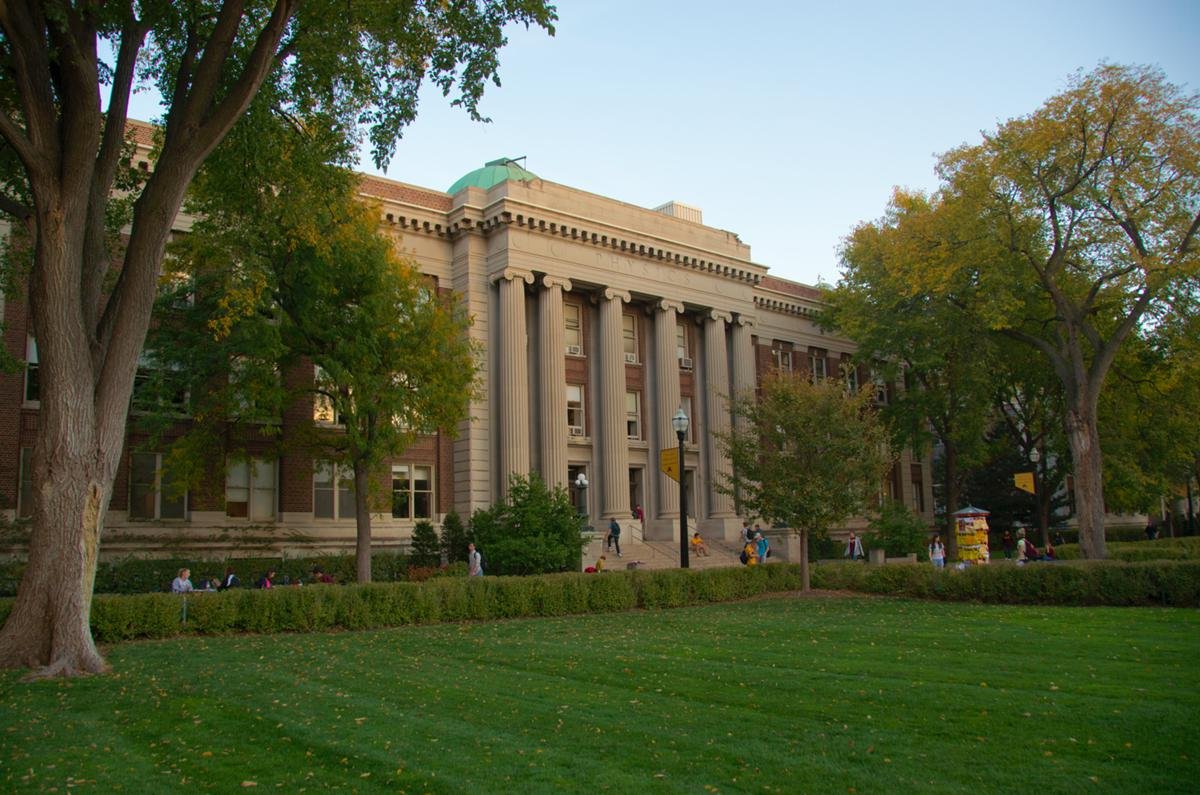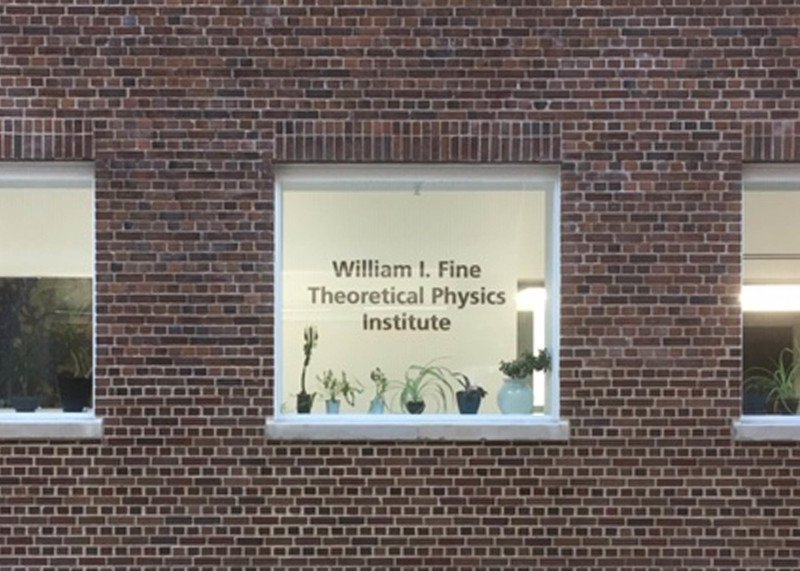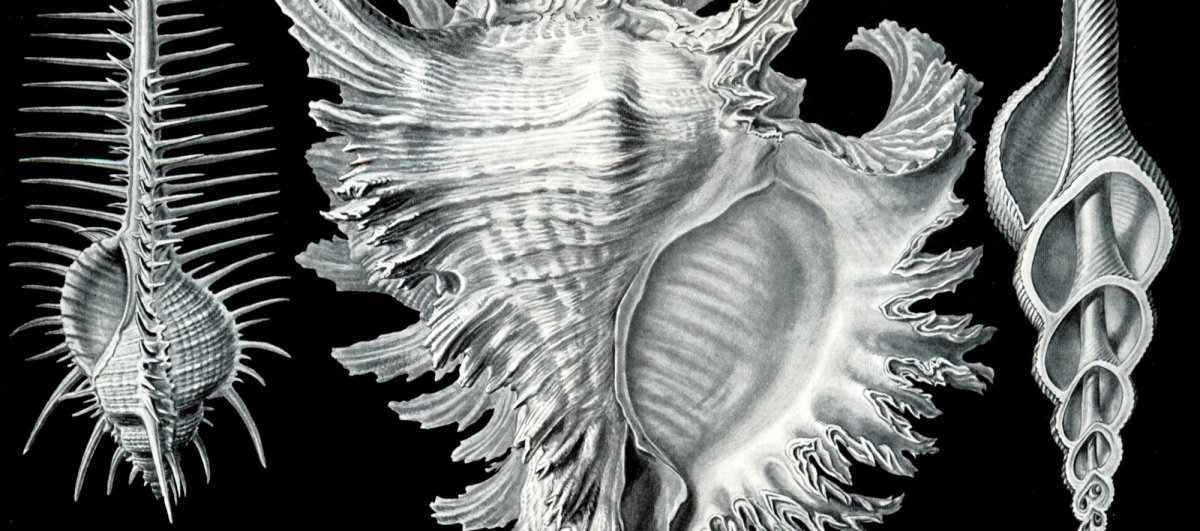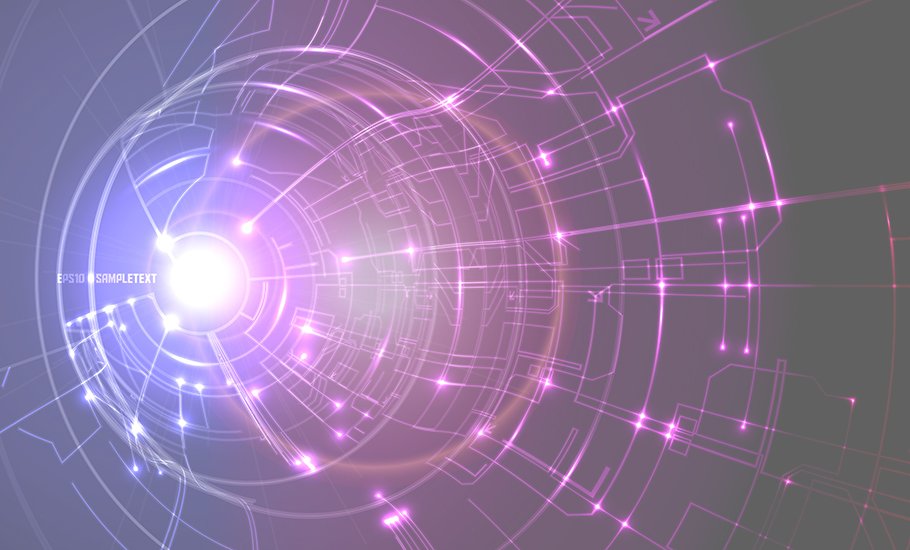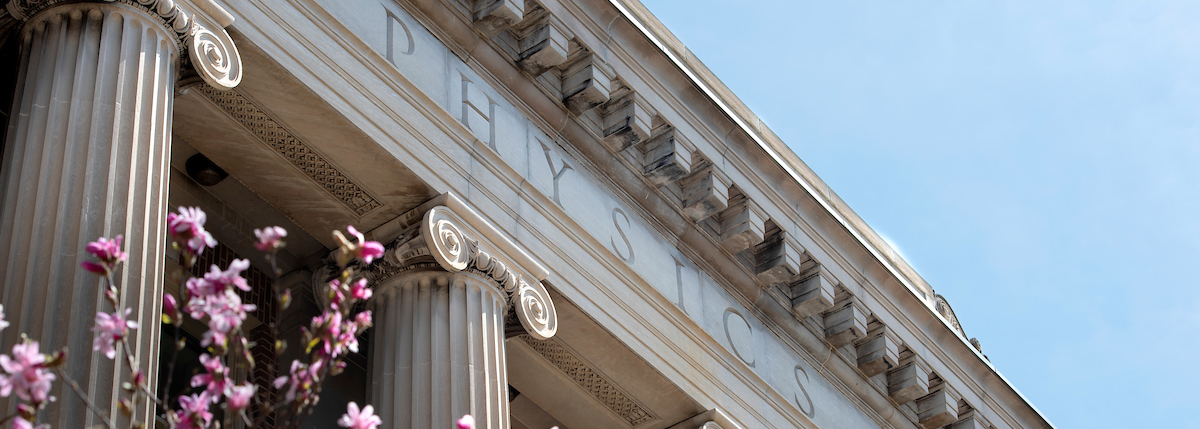
School of Physics and Astronomy
School Events
Jul
26
Fri
8:45pm
Aug
2
Fri
8:45pm
Aug
3
Sat
8:45pm
School News
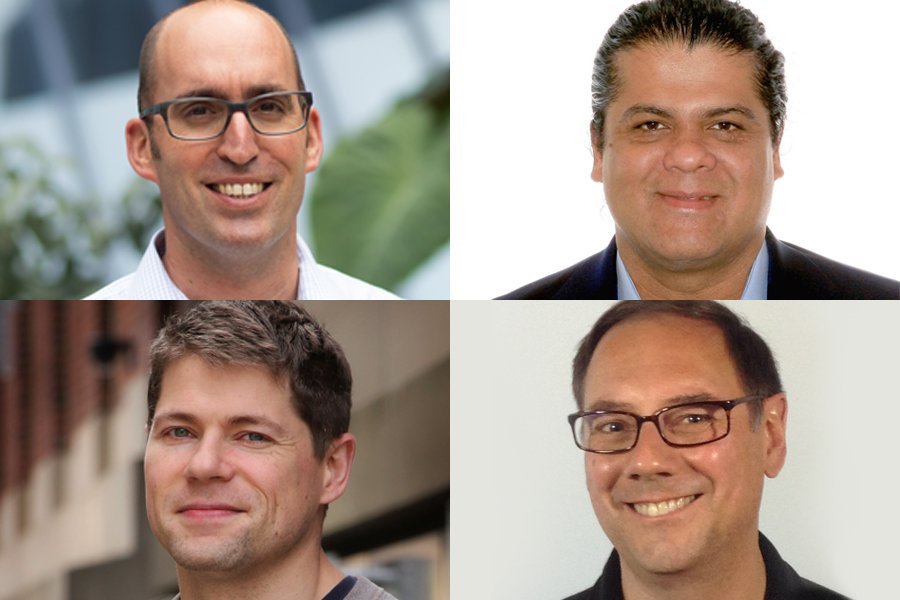
Four new CSE department heads begin in 2024-25
Professor James Kakalios of the School of Physics and Astronomy was one of four new department heads named by CSE Dean Andrew Alleyne. These new department heads bring a wealth of academic, research
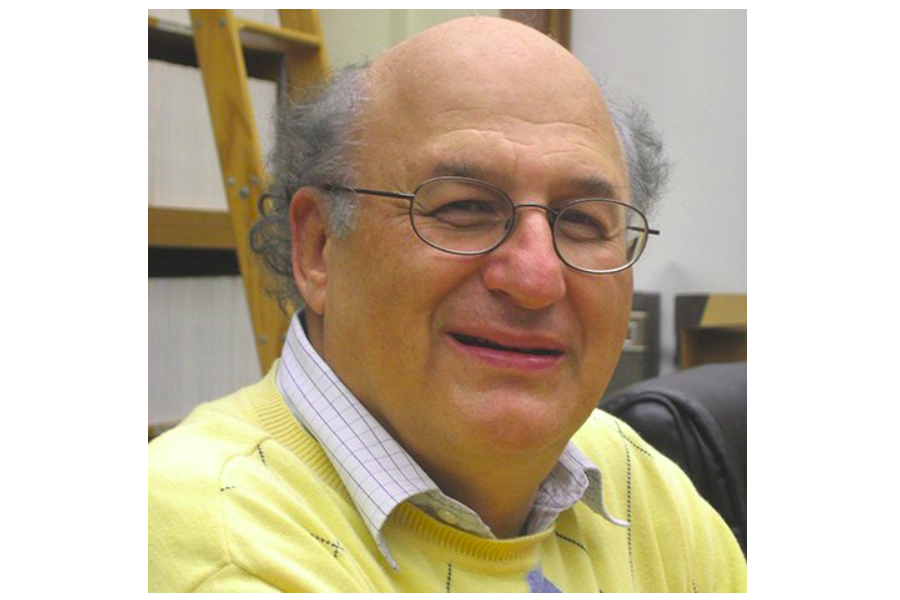
Shifman named Regents Professor
Professor Mikhail “Misha” Shifman of the School of Physics and Astronomy and the Willliam I. Fine Theoretical Physics Institute has been named a University of Minnesota Regents Professor.
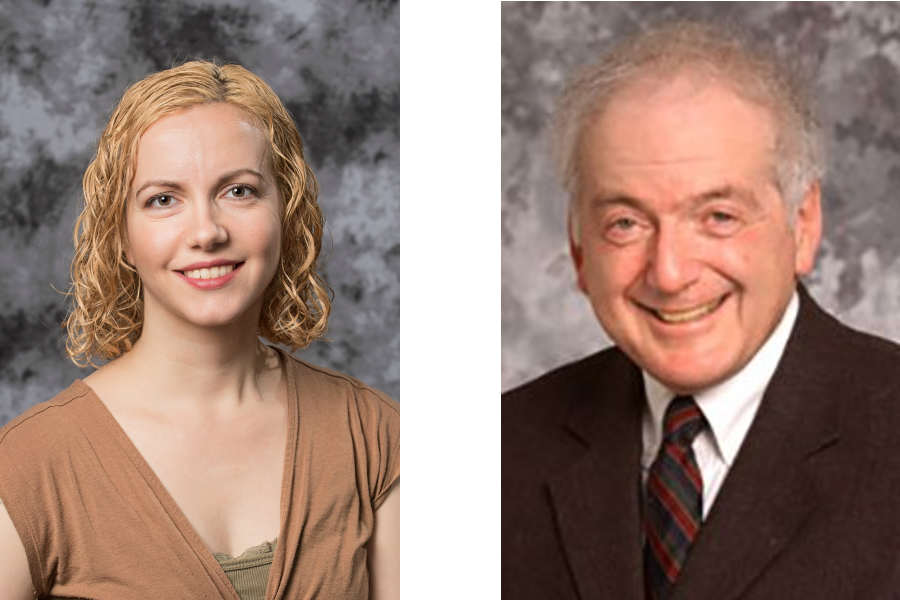
Glesener awarded Allen M. Goldman Faculty Fellowship
Associate Professor Lindsay Glesener has been awarded the Allen M. Goldman Faculty Fellowship for the 2024-2025 academic year.
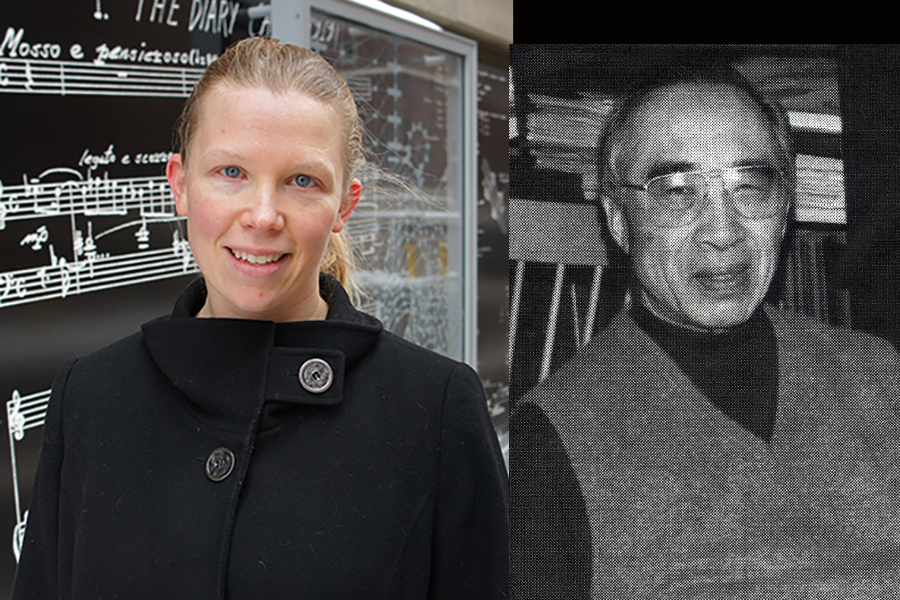
Burnell appointed to Tang Family Professorship
Professor Fiona Burnell has been appointed as the inaugural holder of the Tang Family Professorship.
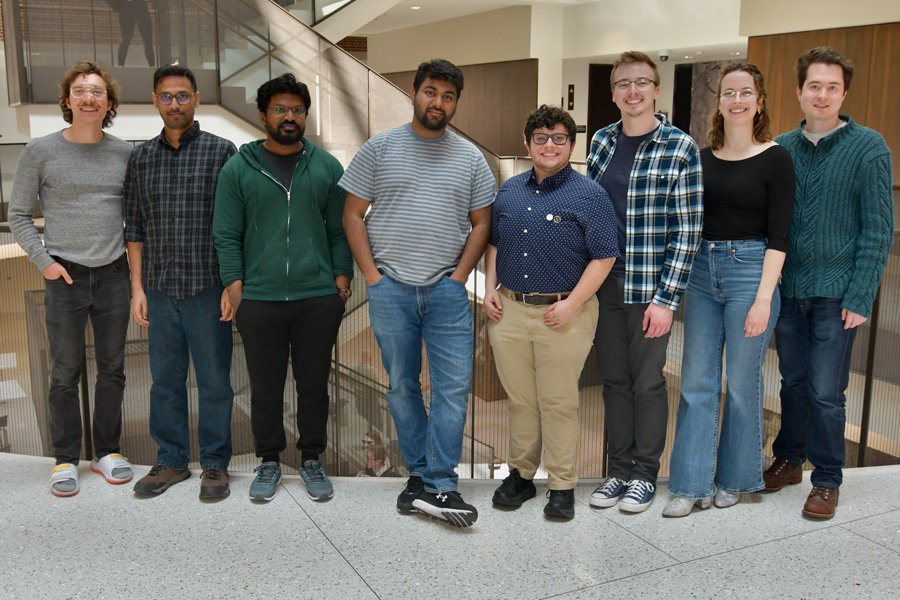
2024 Graduate Awards and Fellowships
There are 21 graduate award and fellowship recipients in the School for 2024.
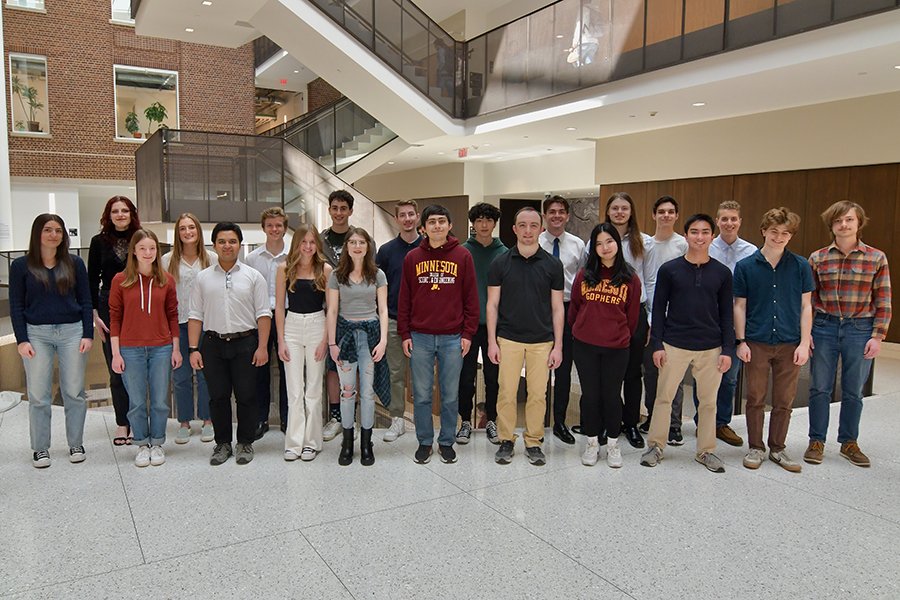
2024 Undergraduate Scholarship Recipients
There are 39 recipients and 14 undergraduate scholarships. The winners are as follows.
